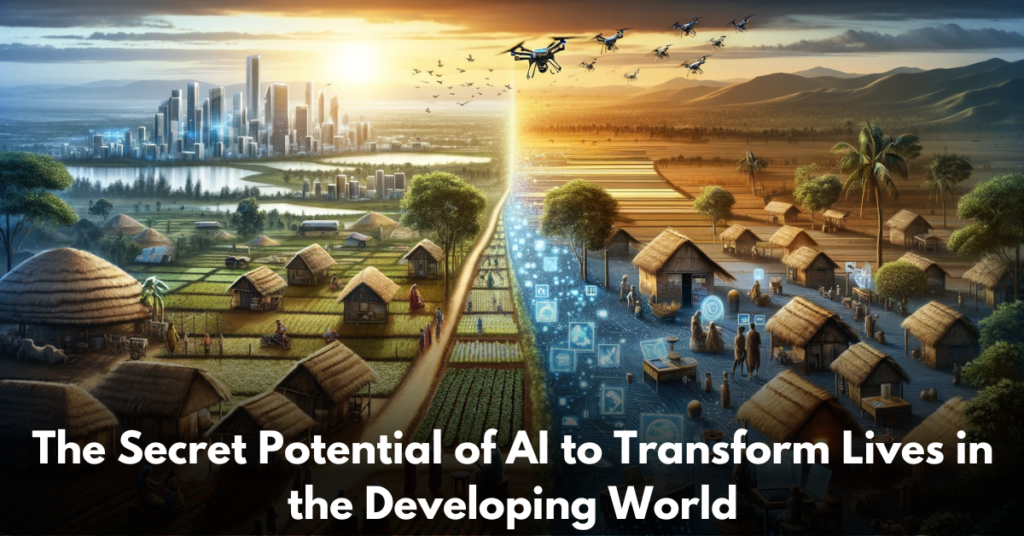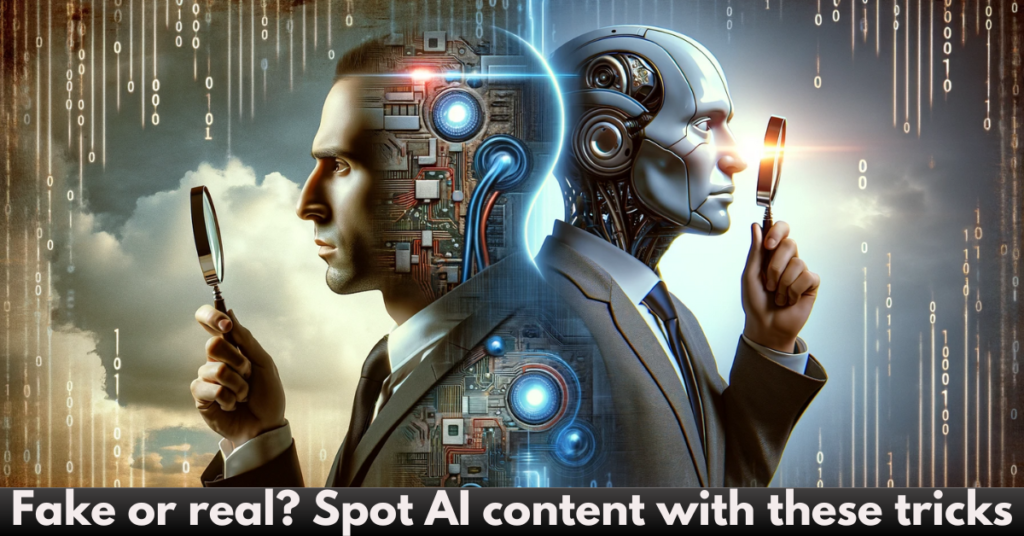The Secret Potential of AI to Transform Lives in the Developing World
In the past, mobile phones had little impact on the lives of most people in the world’s poorest countries. Today, many farmers in Congo have phones, and the number of connections has grown 5,000-fold as the population has doubled. Artificial intelligence (AI) could bring similar dramatic changes to the developing world due to its rapid improvement, potential to spread quickly, and the gaping shortage of skilled workers in developing countries. AI could help these workers become more productive, which could raise the general level of health and education.
Although AI may also eliminate some jobs, the IMF predicts that labor markets in poorer countries will be less disrupted than those in rich ones. AI could also provide fine-grained, up-to-date data about poor places, aiding in development work.
Education is an area where AI could help bridge the gap. A typical sub-Saharan pupil spends six years in school but retains only three years’ worth of learning. Japanese students usually go to school for 14 years and learn in that time what they should have learned in 16 years by using a different method. The chatbot offered a step-by-step example of education progress using AI technologies.
AI in Education
A chatbot that can provide undivided attention to children at any time of day and adapt to local cultures is being developed by Kytabu, a company that also offers an app called Hodari for teachers. The chatbot can be tailored to different learning styles and can illustrate division by breaking a pencil in half and then again. The service can also track what pupils understand by getting each child to answer questions on a smartphone. The chatbot’s effectiveness is expected to improve as more people use it in classrooms and homes. The chatbot will initially be given away for free, but Ndungu hopes to charge for add-ons. The more children enrolled, the cheaper the service will be, with a predicted cost per child falling from $3.50 a month to about 15 cents.
AI in Healthcare
mDaktari, a mobile app for healthcare, has added an AI-powered chatbot to its system, recording queries, prompting for more information, and presenting the information along with a suggested response to a clinician. The clinician reads the advice, approves it, and sends it back to the customer, potentially referring them to a pharmacy or clinic. The AI does the time-consuming gathering of information about symptoms, enabling the nurse to deal with more patients. Several firms are testing AI-enhanced medical devices to see how well they work in poor areas. Philips, a Dutch firm, has a pilot program in Kenya for a handheld ultrasound with an AI add-on that can interpret the images it spits out. The biggest obstacles to its rollout are regulatory issues as well as the need for better data collection in poorer places. AI could also help people deal with red tape that throttles productivity in many poor countries, such as registering a property and assisting illiterate farmers.
Intense minefield
AI poses risks to poor countries due to their less democratic nature and instability. Governments might use AI surveillance tools like those China developed to keep an eye on and manage their citizens. If regulators are not properly funded or have enough experience, they might not be able to put up the right barriers to stop possible abuses. It will also be important to be able to connect to the internet, though some countries will benefit faster than others. India, with 790 million mobile broadband users and a universal digital identity system, is expected to be the world’s most extensive AI user by the end of this decade. The potential upside is significant, as AI could improve health, education, and information, ultimately reducing poverty.
Conclusion
AI (artificial intelligence) is being used to improve healthcare systems in developing countries, particularly in education. Many teachers in these countries lack the necessary skills, and many students struggle to read simple texts. However, some studies suggest that even basic technology can lead to significant gains. For example, in Kenya, students taught by Bridge International Academies mastered nearly an extra year’s worth of the curriculum after two years.
In healthcare, AI is being used to improve patient care. Some AI-powered medical kits are already widely used in rich countries and are starting to be adopted in poorer ones. Accurate AI translation could make it easier for patients and healthcare workers to tap into the world’s medical knowledge.



